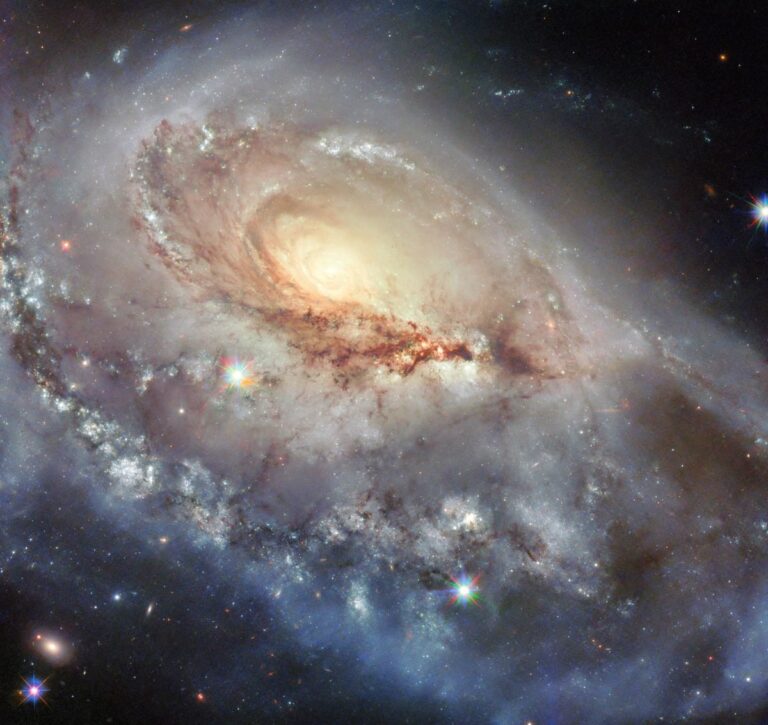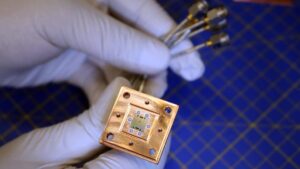In a dazzling display of cutting-edge space exploration, the joint European-Japanese mission, BepiColombo, has captured stunning images of Mercury during its sixth flyby.
This mission, launched in 2018, is a testament to humanity’s insatiable curiosity about the cosmos.What Makes BepiColombo Unique?BepiColombo comprises two spacecraft: the European Space Agency’s Mercury Planetary Orbiter and the Japanese Aerospace Exploration Agency’s Mercury Magnetospheric Orbiter. Together, they aim to unravel the mysteries of Mercury, the least explored terrestrial planet in our solar system.
Highlights of the Sixth Flyby
1. Unprecedented Detail: The new images reveal Mercury’s cratered surface, capturing intricate details of its geological history.
2. Close Encounter: During this flyby, BepiColombo came within 200 kilometers of Mercury’s surface, providing scientists with invaluable data about the planet’s composition and magnetic field.
3. Technological Feat: The spacecraft’s ability to operate in Mercury’s extreme temperatures showcases the robustness of its design.Why Mercury MattersAs the smallest and innermost planet in our solar system, Mercury holds key insights into planetary formation and evolution. Its unique characteristics — such as a disproportionately large iron core and a thin exosphere — challenge existing models and offer clues about the early solar system.
Looking ForwardBepiColombo is set to enter Mercury’s orbit in 2025, where it will conduct comprehensive studies over a one-year mission. With each flyby, the mission brings us closer to unlocking Mercury’s secrets, fueling our understanding of the solar system’s innermost frontier.

















+ There are no comments
Add yours